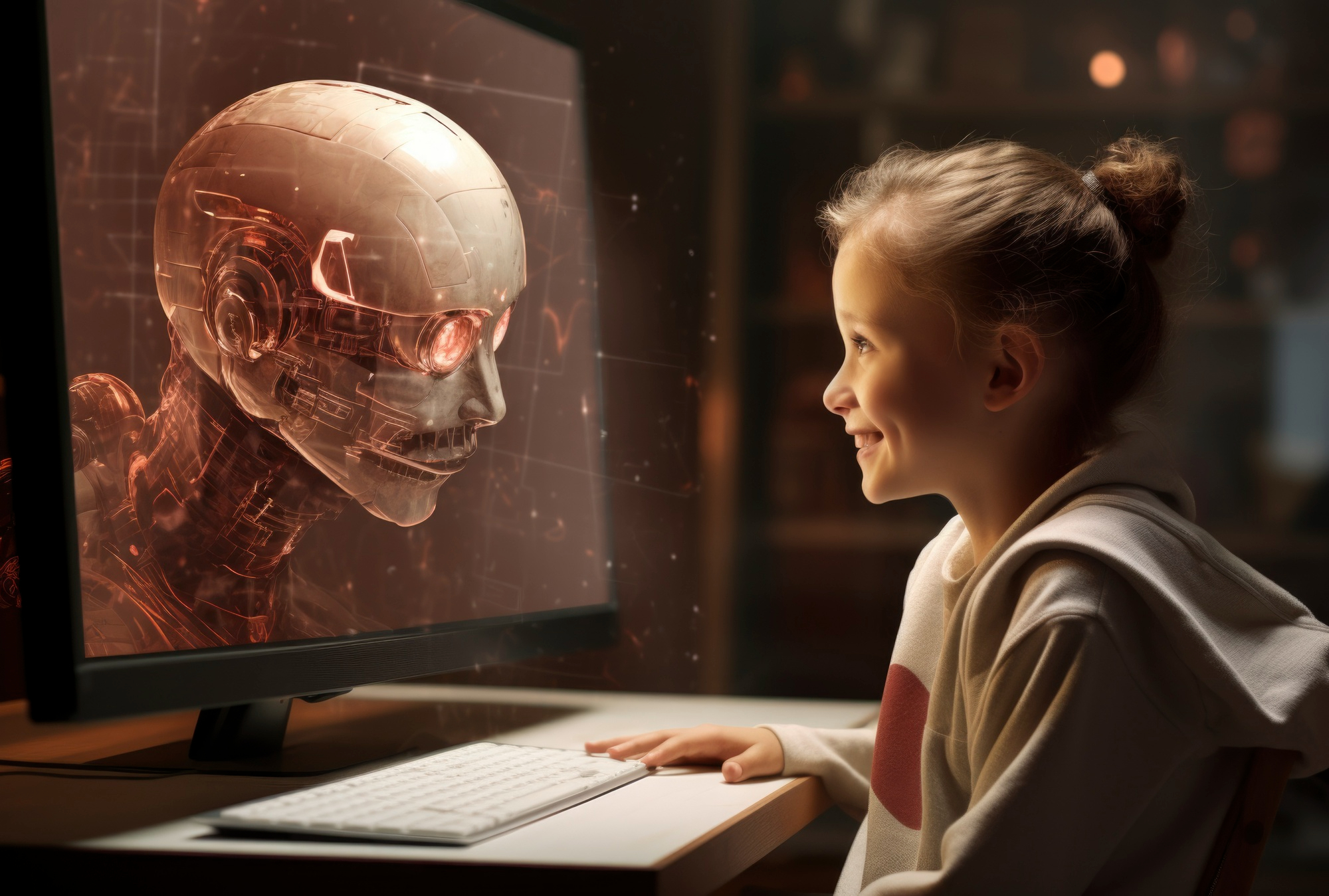
Usage of AI in Education
- Posted by Dilawar Advocate
- Categories Blog
- Date June 21, 2025
- Comments 0 comment
Usage of AI in Education: Transforming the Future of Learning
Artificial Intelligence (AI) is revolutionizing the education sector, offering smart solutions to enhance learning, teaching, and administration. Its integration is not only reshaping classrooms but also improving educational outcomes, personalizing learning experiences, and making education more accessible and efficient.
Here’s a comprehensive look at how AI is being used in education:
- Personalized Learning Experiences
AI-powered platforms analyze a student’s learning habits, strengths, and weaknesses to tailor content accordingly. Tools like adaptive learning systems adjust difficulty levels, recommend resources, and provide real-time feedback, ensuring that students learn at their own pace.
Example: Platforms such as Khan Academy and Coursera use AI to recommend lessons and quizzes based on individual performance.
- Intelligent Tutoring Systems (ITS)
AI-based virtual tutors can simulate one-on-one interactions, helping students practice and reinforce concepts outside traditional classrooms. These systems provide explanations, hints, and guidance without needing human intervention.
Example: Carnegie Learning offers AI-driven math tutoring that adapts to each student’s needs.
- Automated Grading and Feedback
AI significantly reduces the workload of educators by automating assessments, especially for objective-type questions. Some systems are even capable of evaluating essays and offering constructive feedback on grammar, coherence, and content.
Benefit: Teachers can focus more on interactive teaching while AI handles repetitive tasks.
- Smart Content Creation
AI assists in generating interactive content, such as quizzes, flashcards, and multimedia lessons. It can also convert traditional textbooks into smart study guides and even create voice-activated or video-based lessons for enhanced engagement.
Example: Content Technologies Inc. uses AI to create custom textbooks and learning materials.
- Virtual Classrooms and AI Assistants
AI facilitates real-time translation, speech-to-text transcription, and virtual teaching assistants that answer students’ queries instantly. These tools make learning more accessible for students with disabilities or those in multilingual environments.
Example: AI assistants like Duolingo’s chatbot help students practice language skills interactively.
- Predictive Analytics for Student Success
Educational institutions use AI to predict student performance, identify those at risk of dropping out, and offer timely interventions. By analyzing attendance, test scores, and behavioral patterns, educators can make data-driven decisions.
Impact: Improved retention rates and personalized support systems.
- Enhanced Administrative Efficiency
AI streamlines administrative tasks such as admissions processing, timetable scheduling, and communication management. Chatbots can handle frequently asked questions from students and parents, saving time and improving response rates.
Conclusion
The use of AI in education is more than just a trend—it’s a transformative force. From personalized learning to automated grading, AI is making education more adaptive, inclusive, and efficient. As we move forward, the fusion of human creativity with artificial intelligence will redefine how knowledge is delivered and consumed.
You may also like

Top 10 In-Demand Skills Every Student Should Learn


